Intro
Learn about Abdomen CT Scan, including preparation, procedure, and results. Discover abdominal CT scan benefits, risks, and uses in diagnosing abdominal pain, liver disease, and intestinal issues.
The abdomen is a complex and vital part of the human body, housing organs such as the stomach, small intestine, liver, kidneys, and pancreas. When symptoms arise that suggest a problem in this area, medical professionals often turn to imaging tests to diagnose and treat conditions effectively. Among these imaging tests, the CT (Computed Tomography) scan stands out for its ability to provide detailed cross-sectional images of the body, allowing for the examination of internal structures in great detail. Understanding the abdomen CT scan is crucial for both medical professionals and patients alike, as it plays a significant role in the diagnosis, treatment planning, and follow-up of various abdominal conditions.
The importance of the abdomen CT scan cannot be overstated, given its wide range of applications. From detecting tumors and cancers to identifying the cause of abdominal pain, and from assessing injuries to evaluating the effectiveness of treatments, the CT scan offers a versatile diagnostic tool. Its non-invasive nature and relatively quick procedure time make it a preferred choice for many diagnostic needs. Moreover, advancements in CT technology have significantly improved image quality, reduced radiation exposure, and expanded its capabilities, such as the use of contrast agents to enhance the visibility of certain structures or abnormalities.
The process of undergoing an abdomen CT scan is straightforward and generally does not require extensive preparation, although specific instructions may vary depending on the facility and the purpose of the scan. Patients are usually asked to arrive a little earlier than their scheduled appointment time to fill out any necessary paperwork and change into a gown if required. The removal of jewelry, glasses, and any metal objects is necessary because these can interfere with the CT scan. In some cases, patients may be given a contrast material, which can be ingested or injected, to help certain areas of the body show up more clearly on the images. The actual scanning process involves lying on a table that slides into a large, doughnut-shaped machine, which takes pictures of the abdomen from various angles.
How Abdomen CT Scans Work
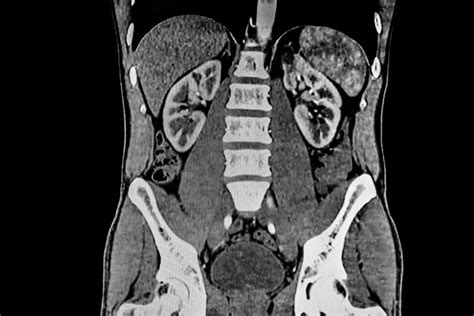
Abdomen CT scans work by using a combination of X-rays and computer technology to produce detailed images of the abdominal organs, bones, and other tissues. The machine sends X-rays through the body, and these X-rays are detected by sensors, which then send the information to a computer. The computer uses this data to create cross-sectional images of the body, which can be viewed on a monitor or printed out. The use of contrast agents can enhance the images, making it easier to distinguish between different types of tissue and to identify abnormalities.
Benefits of Abdomen CT Scans
The benefits of abdomen CT scans are numerous, including their ability to: - Detect a wide range of conditions, from cancers and tumors to injuries and infections. - Provide detailed images that can help in the diagnosis and treatment planning of complex conditions. - Guide biopsies and other minimally invasive procedures. - Monitor the progression of disease and the effectiveness of treatments over time. - Offer a non-invasive alternative to more invasive diagnostic procedures.Preparation for an Abdomen CT Scan
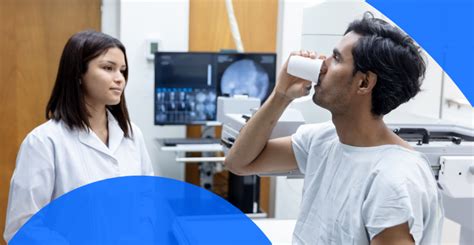
Preparation for an abdomen CT scan may include:
- Fasting for a certain period before the scan, especially if contrast material is to be used.
- Avoiding certain medications or supplements.
- Removing any metal objects and changing into a hospital gown.
- Drinking a contrast material if the scan requires it.
- Informing the healthcare provider about any allergies, especially to iodine or contrast materials.
- Discussing any concerns or questions with the healthcare provider before the procedure.
What to Expect During the Scan
During the scan, patients can expect: - To lie on a table that slides into the CT scanner. - To hear humming or clicking noises as the machine takes pictures. - To be asked to hold their breath for short periods to ensure clear images. - The scan to take anywhere from 15 to 30 minutes, depending on the type of scan and the use of contrast material. - To possibly receive instructions through an intercom system from the technician operating the scanner.Types of Abdomen CT Scans
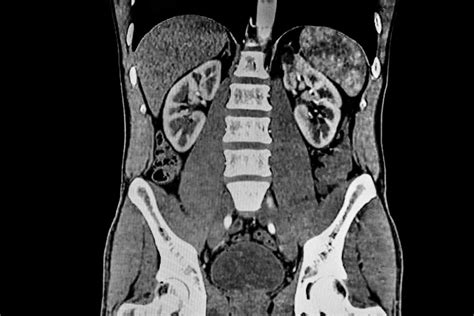
There are several types of abdomen CT scans, including:
- Non-contrast CT scan: This type does not use any contrast material and is often used for initial assessments or to detect conditions like kidney stones.
- Contrast-enhanced CT scan: This involves the use of a contrast agent to highlight specific areas or abnormalities, making it useful for detecting tumors, vascular diseases, and certain infections.
- CT angiography: This is a specialized scan that focuses on the blood vessels, using contrast to visualize them clearly and diagnose vascular conditions.
Risks and Side Effects
While generally safe, abdomen CT scans do carry some risks and potential side effects, including: - Exposure to radiation, which is a concern for pregnant women and individuals who have had multiple CT scans. - Allergic reactions to contrast material, which can range from mild to severe. - Kidney problems, especially in patients with pre-existing kidney disease, due to the use of certain contrast agents. - Discomfort or anxiety during the scan, which can be managed with relaxation techniques or, in some cases, sedation.After the Scan
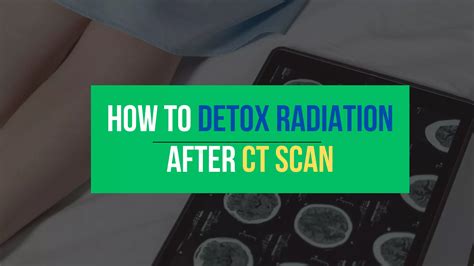
After the scan, patients can usually resume their normal activities immediately. If a contrast agent was used, they may be advised to drink plenty of water to help flush it out of their system. The results of the scan are typically available within a few hours to a few days, depending on the facility and the complexity of the scan. These results will be discussed with a healthcare provider, who can explain the findings, answer questions, and outline any necessary next steps.
Common Uses of Abdomen CT Scans
Abdomen CT scans are commonly used for: - Diagnosing and staging cancers, such as liver, pancreatic, and kidney cancers. - Identifying the cause of abdominal pain or swelling. - Detecting and treating vascular diseases, including aortic aneurysms. - Evaluating the extent of injuries after trauma. - Monitoring the progression of diseases and the effectiveness of treatments.Advancements and Future Directions
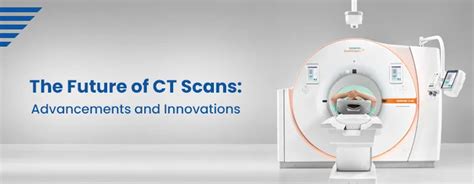
The field of CT scanning is continuously evolving, with advancements aimed at improving image quality, reducing radiation exposure, and expanding its diagnostic capabilities. Some of the future directions include:
- The development of new contrast agents that are safer and more effective.
- Improvements in scanner technology to provide higher resolution images and faster scanning times.
- The integration of artificial intelligence (AI) to enhance image analysis and aid in diagnosis.
- The expansion of CT scans into new areas, such as functional imaging, which can provide information on the function of organs and tissues.
Conclusion and Next Steps
In conclusion, the abdomen CT scan is a powerful diagnostic tool that plays a crucial role in the management of abdominal conditions. Its ability to provide detailed images of internal structures makes it invaluable for diagnosis, treatment planning, and follow-up. As technology continues to advance, we can expect to see further improvements in the capabilities and safety of CT scans. For individuals who have undergone an abdomen CT scan, understanding the results and discussing them with a healthcare provider is the next step towards managing their health effectively.What is the purpose of an abdomen CT scan?
+An abdomen CT scan is used to diagnose and treat conditions affecting the abdominal organs, such as cancers, injuries, and vascular diseases.
How do I prepare for an abdomen CT scan?
+Preparation may include fasting, avoiding certain medications, and drinking a contrast material if required. It's essential to follow the specific instructions provided by your healthcare provider.
Are there any risks associated with abdomen CT scans?
+Yes, risks include radiation exposure, allergic reactions to contrast material, and potential kidney problems. However, these risks are generally managed with proper precautions and are considered minimal for most patients.
We invite readers to share their experiences or ask questions about abdomen CT scans in the comments below. For healthcare professionals, staying updated on the latest advancements in CT scan technology and its applications is crucial for providing the best possible care. Whether you're a patient or a professional, understanding the role and benefits of abdomen CT scans can lead to better health outcomes and more informed decision-making.
